Desert Safari Dubai is a thrilling adventure that allows visitors to explore the vast desert landscape and experience the unique dune ecosystem. In this article, we will delve into the fascinating world of dunes, their formation, the various types of dunes, and the diverse flora and fauna that thrive in this harsh environment. We will also discuss the environmental impact of desert safari activities and the conservation efforts aimed at preserving this fragile ecosystem.
Desert Safari Dubai offers an incredible opportunity to witness the breathtaking beauty of the dune ecosystem. The desert is not just a barren land; it is a dynamic and ever-changing landscape shaped by natural forces over thousands of years. Understanding the dune ecosystem can enhance our appreciation for this remarkable environment.
What is a Dune?
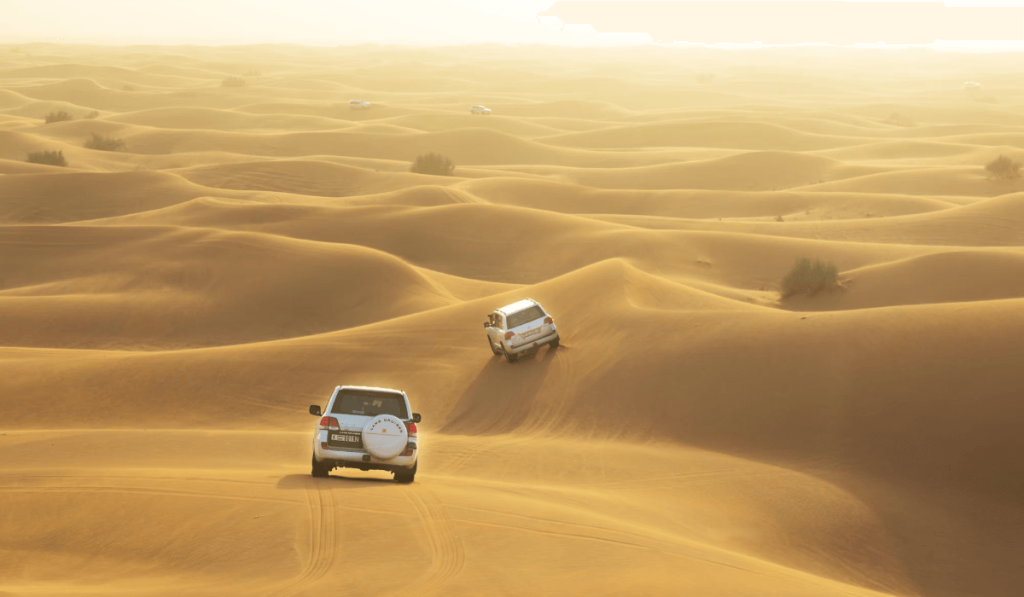
A dune is a hill of sand formed by wind or water movement. It is a result of the intricate interplay between wind speed, direction, and the availability of loose sediment. The wind picks up sand grains and carries them until they settle and accumulate to form dunes. Over time, dunes can grow and change shape, influenced by various factors such as wind patterns and vegetation.
Formation of Dunes
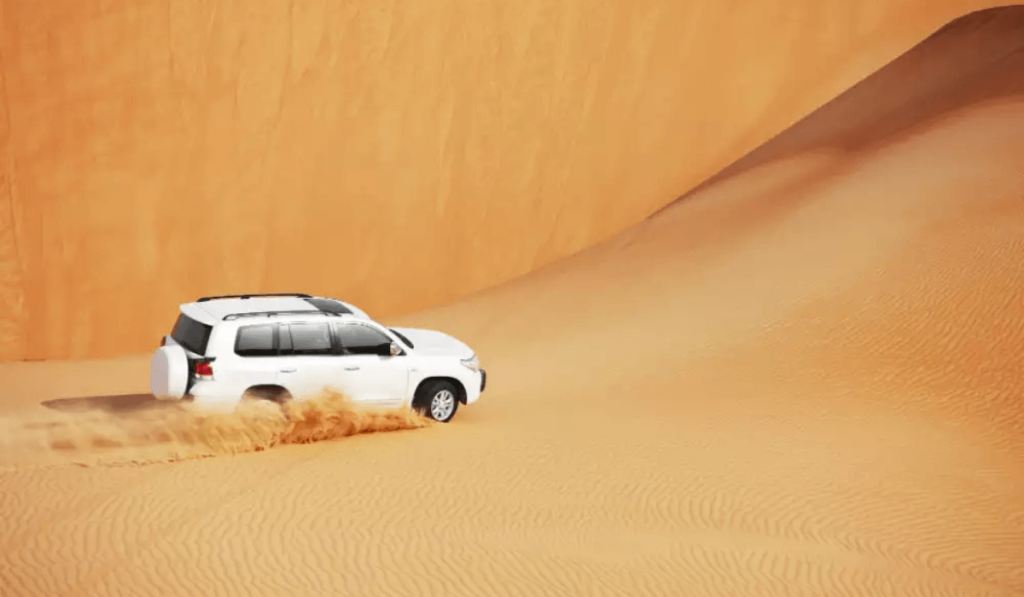
Dune formation begins with the presence of an abundant supply of loose sand. As the wind blows across flat surfaces, it encounters obstacles such as vegetation or natural landforms. These obstacles cause the wind to slow down and deposit the sand particles it carries. Over time, this process repeats, and the accumulated sand grains gradually build up, forming dunes. The size, shape, and orientation of dunes are influenced by wind direction, strength, and the availability of sediment.
Types of Dunes
Dunes come in various shapes and sizes, each with its distinct characteristics. Understanding the different types of dunes can help us appreciate the complexity of the dune ecosystem during a desert safari.
Barchan Dunes
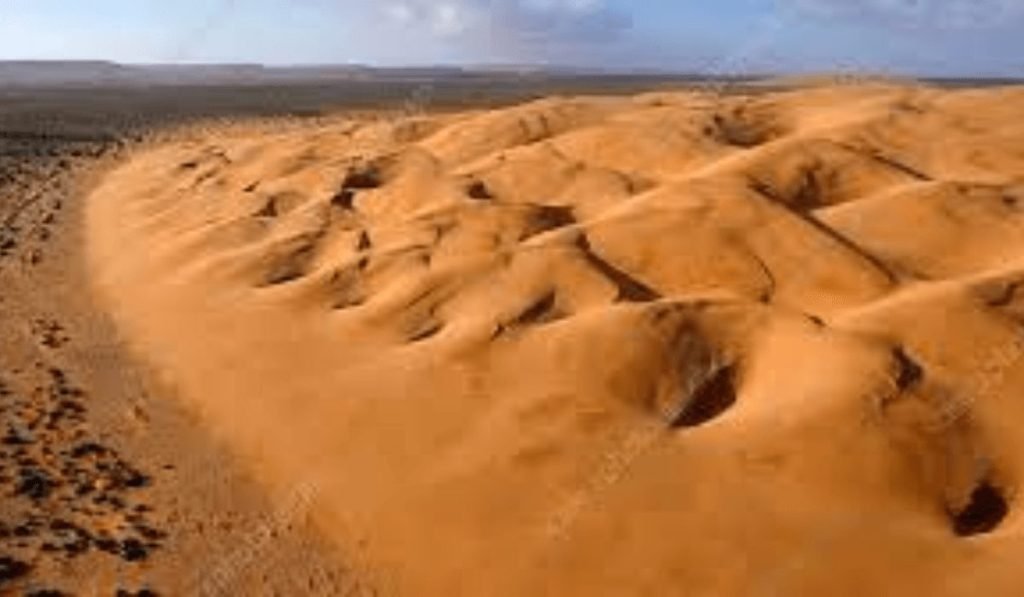
Barchan dunes are crescent-shaped dunes with their tips pointing downwind. These dunes are commonly found in areas with limited sand supply and unidirectional winds. The windward side of a barchan dune is gentle and elongated, while the leeward side is steep and sharply curved.
Parabolic Dunes
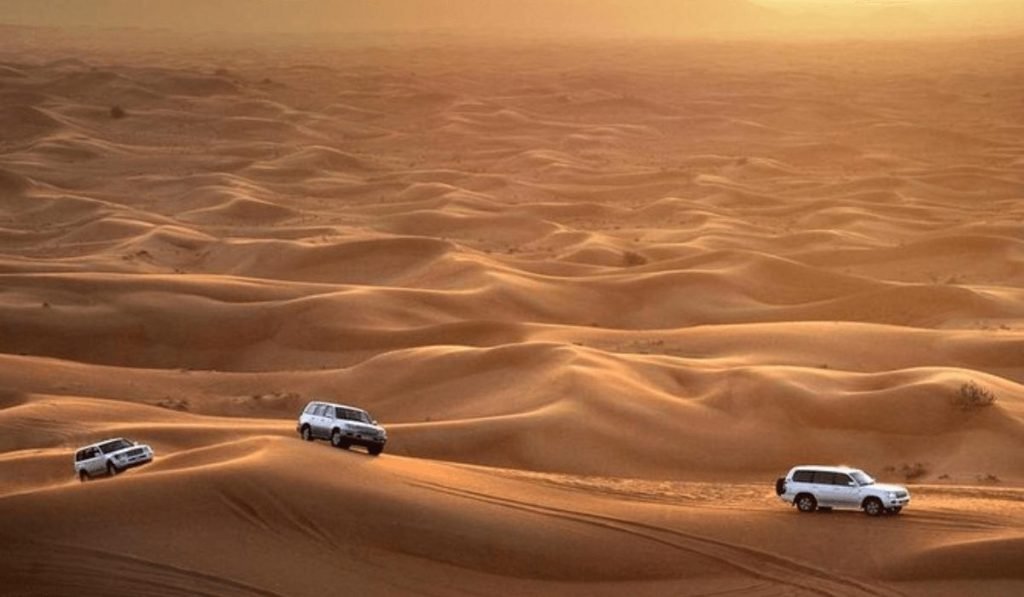
Parabolic dunes are U-shaped dunes that form when vegetation stabilizes the sand. These dunes often occur in coastal areas where vegetation provides an anchor for the sand. The horns of parabolic dunes point upwind, unlike the downwind orientation of barchan dunes.
Transverse Dunes
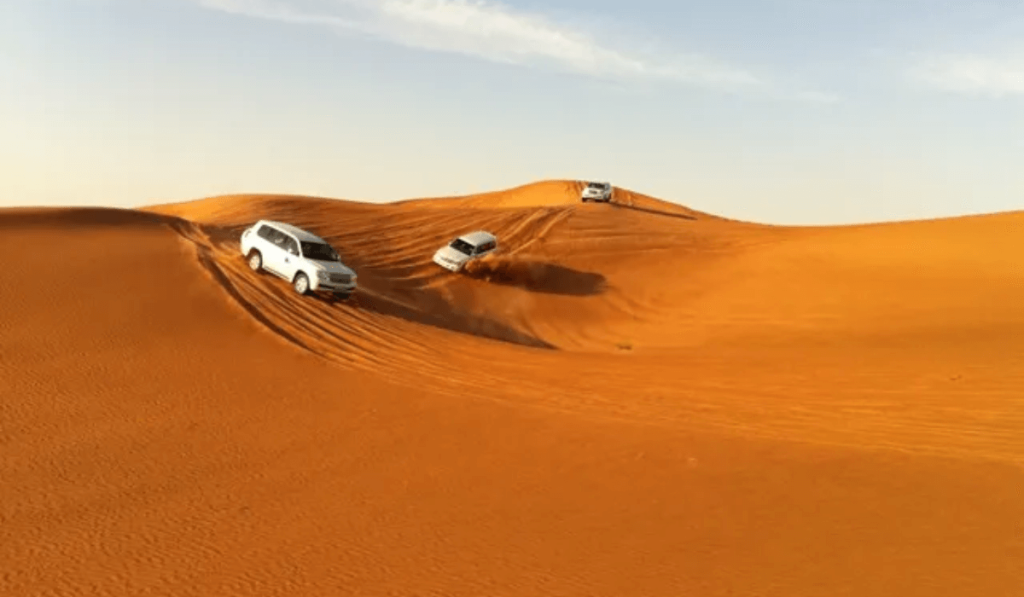
Transverse dunes are long, linear dunes that form perpendicular to the prevailing wind direction. These dunes often occur in areas with abundant sand supply and consistent wind patterns. They appear as ridges running parallel to each other and can extend for several kilometers.
Desert Safari Dubai
Desert Safari Dubai is a popular tourist attraction that allows visitors to experience the unique dune ecosystem first-hand. It offers a range of activities, including dune bashing, camel riding, sandboarding, and quad biking. These activities provide an adrenaline-filled adventure while also offering an opportunity to learn about the dune ecosystem and its significance.
Exploring the Dunes
During a desert safari in Dubai, visitors have the chance to explore the dunes and witness their majestic beauty up close. Dune bashing, also known as off-road driving, is a thrilling activity that takes you on a roller coaster-like ride over sandy terrain. Experienced drivers navigate the dunes, providing an exhilarating experience while ensuring safety.
Camel riding is another popular activity that allows you to traverse the desert at a more leisurely pace. Sitting atop a camel’s back, you can enjoy the serenity of the desert landscape and observe the unique flora and fauna that have adapted to this harsh environment.
For those seeking an adrenaline rush, sandboarding offers an exciting opportunity to slide down the dunes on a board. Similar to snowboarding, this activity combines speed, skill, and the natural slopes of the dunes, providing a thrilling experience for adventure enthusiasts.
Quad biking, on the other hand, offers a faster-paced adventure. Riding a powerful all-terrain vehicle (ATV), you can zoom across the dunes, navigating the sandy terrain and enjoying the freedom of exploration.
Flora and Fauna
Contrary to popular belief, deserts are not devoid of life. The dune ecosystem supports a surprising variety of flora and fauna that have adapted to the arid conditions. Plants such as the Arabian oryx, that tree, and date palm have developed unique mechanisms to survive in the desert.
The Arabian oryx, a magnificent antelope species, has adapted to conserve water and withstand extreme temperatures. Its ability to extract moisture from plants and cope with minimal water intake allows it to thrive in the desert environment.
The half tree, also known as the UAE national tree, is a hardy plant that can withstand harsh desert conditions. Its deep root system enables it to tap into groundwater sources, providing it with the necessary nutrients and moisture to survive.
Date palms are another iconic plant in the desert. They have been cultivated in the region for centuries and provide a source of food and shade. Their ability to survive in arid conditions and produce delicious fruits is a testament to their adaptability.
In addition to plant life, the dunes are home to a variety of animals, including desert foxes, sand gazelles, and numerous species of insects. These creatures have evolved remarkable adaptations to cope with the extreme temperatures, limited water, and scarce resources of the desert.
Environmental Impact
While desert safari activities provide thrilling experiences, they can also have an impact on the fragile dune ecosystem. It is essential to balance tourism with environmental conservation to ensure the long-term sustainability of the desert.
One of the key concerns is the potential disturbance of wildlife habitats. It is crucial for safari operators and tourists to adhere to designated routes and minimize off-road driving to protect the flora and fauna that rely on undisturbed areas of the desert.
Conservation efforts focus on educating tourists about the importance of responsible tourism and minimizing the ecological footprint. This includes initiatives such as waste management, water conservation, and the promotion of sustainable practices.
Conclusion
Exploring the dune ecosystem during a desert safari in Dubai is a captivating experience that offers a glimpse into the beauty and resilience of nature. From the formation of dunes to the diverse flora and fauna that call the desert home, every aspect of this ecosystem is a testament to the power of adaptation.
While enjoying the thrill of desert safari activities, it is crucial to be mindful of the environmental impact and support conservation efforts. By preserving this delicate ecosystem, we can ensure that future generations can continue to appreciate the wonders of the dunes.

